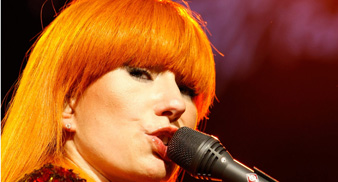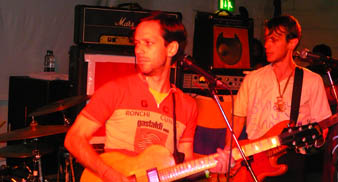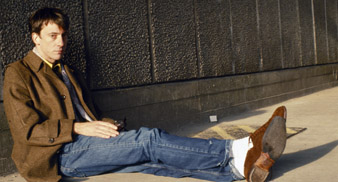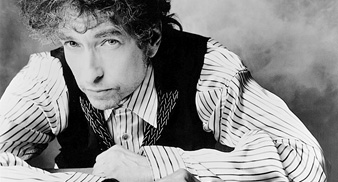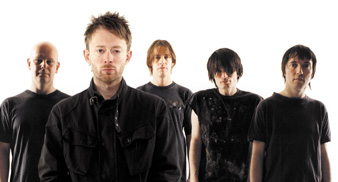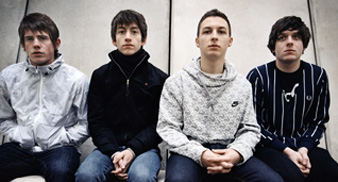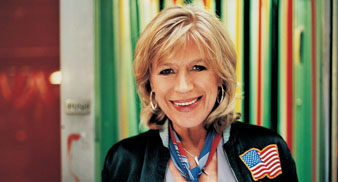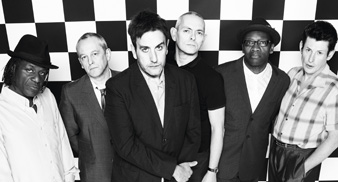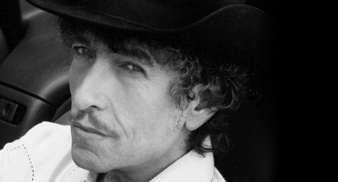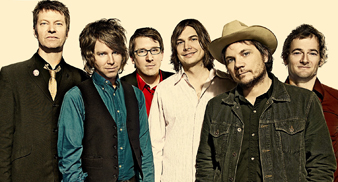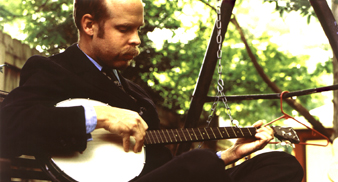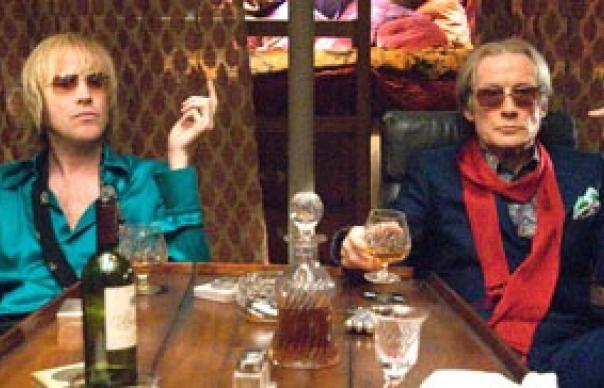Perhaps as a response to the American psych-folk scene, over the past few years there’ve been a handful of British bands who’ve sought to channel the late-‘60s/early-‘70s folk-rock scene. Most of them, unfortunately, have been more or less worthy but misfiring. Trembling Bells, though, are a big exception. One good reason for this, maybe, is the core presence of Alex Neilson, a Scottish drummer whose loose, inventive playing has accompanied Bonnie Prince Billy, Six Organs Of Admittance and Josephine Foster, as well as records by local contemporaries like the excellent Alasdair Roberts. Neilson also has a background in improvised music, and the Glasgow underground scene, and the rickety spirit of various Pastels/Bill Wells affiliates can be heard occasionally on the Trembling Bells debut, “Carbeth”, as well as a hint of wayward jazz. “The End Is The Beginning Norn Knowing”, for instance, rattles along like “Maypole Song” from “The Wicker Man” soundtrack as reinterpreted, with chants, horns and needling organ, by the Sun Ra Arkestra. As befits a band whose avowed aim is to “Reanimate the hidden, mythic landscapes of Yorkshire and Glasgow (in particular) via a love of canonical rock, Earlie Musik and traditional folk,” there are a few roistering nods to the Incredible String Band, too (chiefly in “Your Head Is The House Of Your Tongue”). Curiously, though, it’s when Trembling Bells shoot for a sort of classic folk-rock orthodoxy that they really prove themselves to be one of the best new British bands of any genre that I’ve come across in a while. The finest songs on “Carbeth” are fronted by Lavinia Blackwall, a classically-trained singer who I caught solo last year supporting Peter Walker, who figures on the James Blackshaw album I raved about the other day, and who also played with Neilson in Directing Hand, a band I somewhat shamefully haven't heard. Three songs, especially, stand out; “When I Was Young”, “Willows Of Carbeth” and “Garlands Of Stars”. The sound here is often rich and full, reminding me a little of the Albion Country Band’s mighty “No Roses”, though Blackwall’s big warble is maybe closer to Maddy Prior than Shirley Collins in this context. “Willows Of Carbeth” is the most conventionally pretty, with a lilt to it comparable to “Wild Mountain Thyme” (the Fotheringay version, perhaps). But “Garlands Of Stars” is the real standout, where the old ways (plenty of people here in the office keep thinking “Carbeth” is 30-odd years old) are gradually transformed into a rearing, capricious jam that’s fractionally closer to the tradition of Sonic Youth than Fairport Convention. Bodes well for the live shows starting next week (London Café Oto on Easter Sunday, appealingly).
Perhaps as a response to the American psych-folk scene, over the past few years there’ve been a handful of British bands who’ve sought to channel the late-‘60s/early-‘70s folk-rock scene. Most of them, unfortunately, have been more or less worthy but misfiring. Trembling Bells, though, are a big exception.


